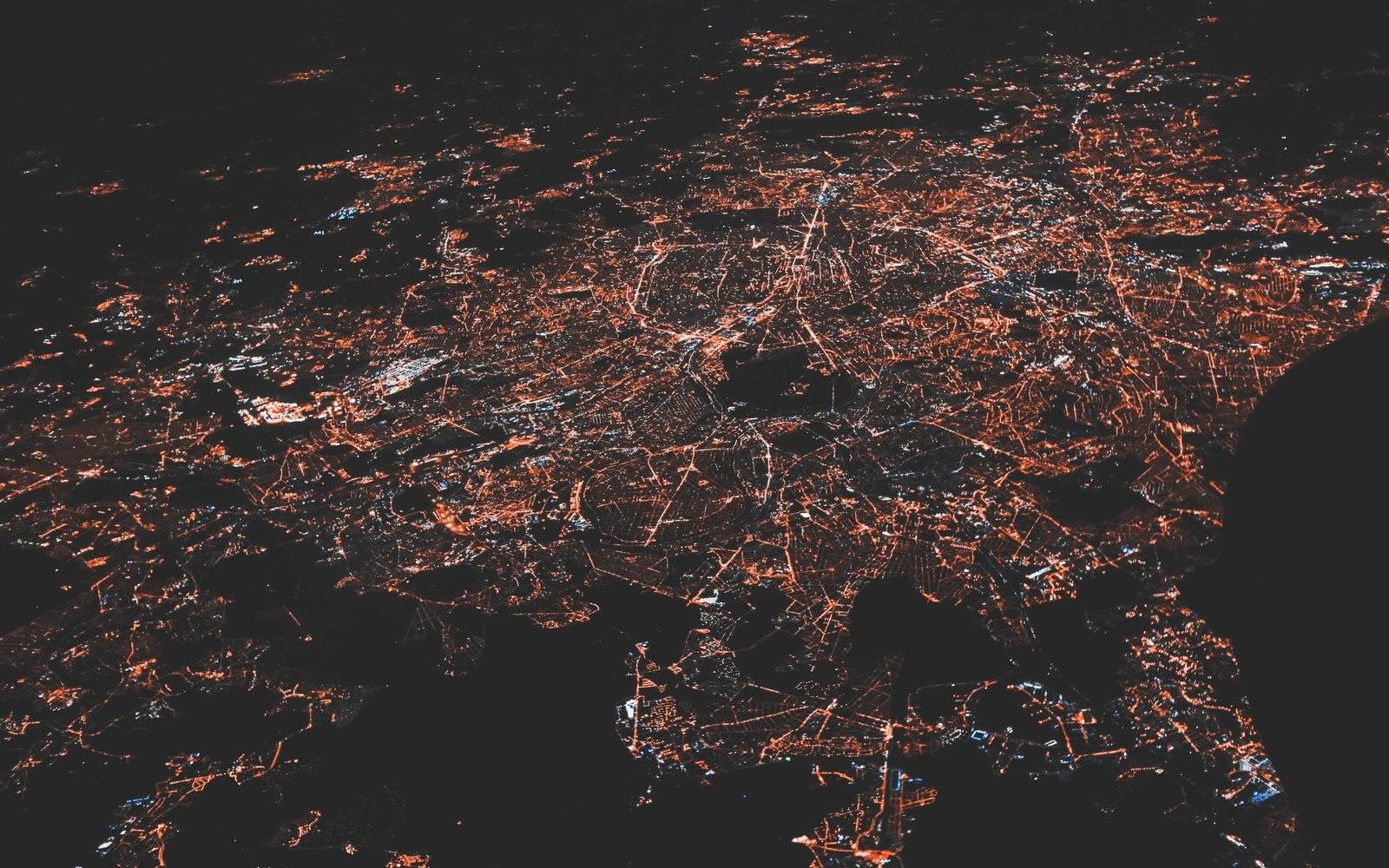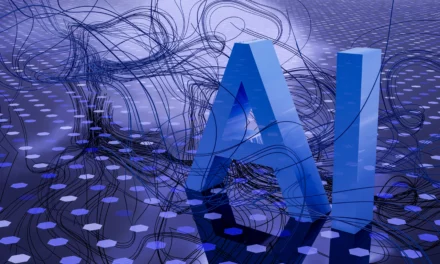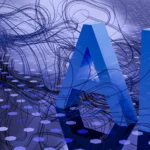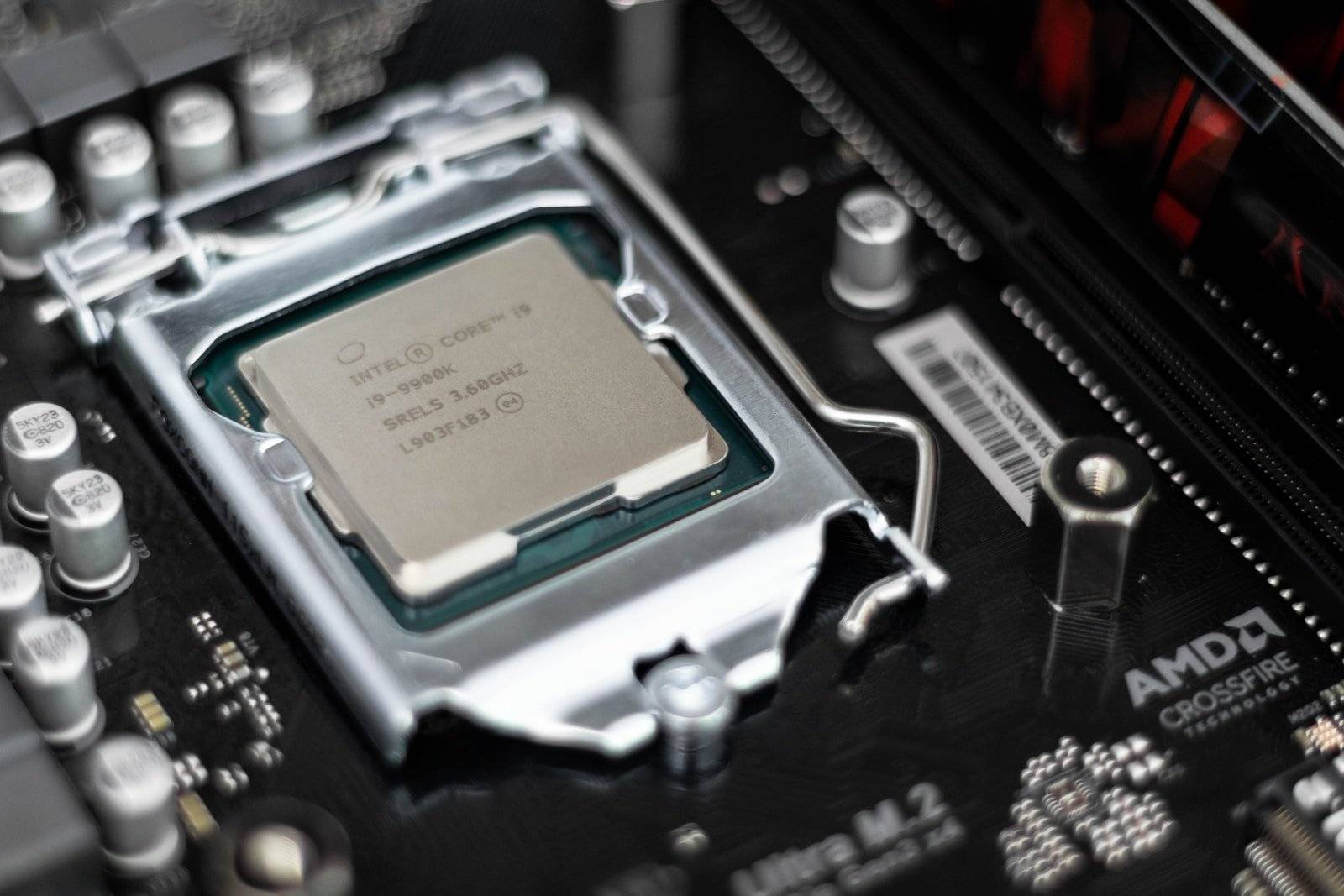Centralized System :
- A single entity owns the data and the solution.
- The resources are centralized in one place.
- Easy to maintain.
- Single point of failure, low fault tolerance.
- Low and fixed scalability
Distributed System:
- A single entity owns the data.
- The solution provider distributes resources across multiple locations, data centres, and systems.
- Cloud computing and “as a service” solution.
- Extremely high fault tolerance and more scalable.
- Most centralized systems evolve into distributed systems.
Decentralized System:
- There is no single owner of either data or network hardware.
- Each participant is responsible for ownership and maintenance.
- Highly fault tolerant.
- Infinitely scalable as resources are independent entities.
- Most challenging to maintain as no one entity owns it.
- It is shared amongst the peers or participants of the system.
- Runs over P2P network architecture.
- P2P is a network of equally privileged participants where tasks and workloads are partitioned across all participant
- Participants are called Nodes.
- In P2P systems, all nodes are both client and servers simultaneously.









